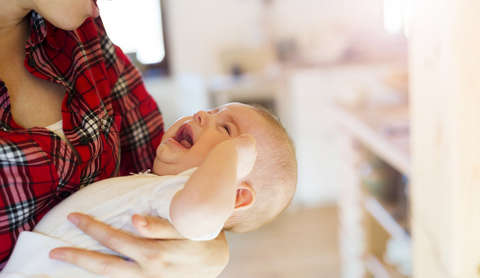Call Today to
Schedule an Appointment
CRYING
Crying
Why Do Babies Cry?
Crying is your new baby's method of communication. It may mean several things including hunger, being uncomfortable, too hot, too cold, wet, tired or overstimulated. Occasionally babies have fussy periods during the day when nothing consoles them but seem more alert after these periods and may sleep more comfortably. This kind of fussy crying seems to help babies get rid of extra energy so that they can relax.
Soon you'll be able to tell what each particular cry means. For instance, a hungry cry is usually short and low-pitched, rising and falling. An angry cry tends to be more turbulent. A cry of pain or distress generally comes on suddenly and loudly with a long, high-pitched shriek followed by a long pause and a wail.
When your child cries we recommend the following:
• Rocking - in a glider or rocker or by swaying side-to-side
• Touch - gently stroking the head or patting the back and chest
• Swaddling - wrapping baby snugly in a receiving blanket
• Communication - singing or talking, playing soft music
• Movement - walking with baby in your arms, a stroller or car
• Burping - relieve any trapped gas bubbles
• Warm baths - if the cord has fallen off (not all babies like this)
Crying Emergencies
It is important to remember to call our pediatric doctors immediately if your baby is crying painfully or experiencing any other issues including the following:
- Crying constantly for more than three hours
- You are afraid you may hurt your baby
- You have shaken your baby
- You can't find a way to soothe your baby
Pediatric Doctor Serving Grand Island, NY & Beyond
Proudly Serving Buffalo, Niagara Falls, Grand Island, Cambria, Lewiston, Lockport, North Tonawanda, Ransomville, Youngstown, Wheatfield, Pendleton, Wilson, and the Rest of Western New York
Wheatfield Office
6937 Williams Road
Niagara Falls, NY 14304
Niagara Falls, NY 14304
Fax: (716) 298-5737
Lewiston Office
5320 Military Road
Lewiston, NY 14092
Lewiston, NY 14092
Fax: (716) 297-4431

